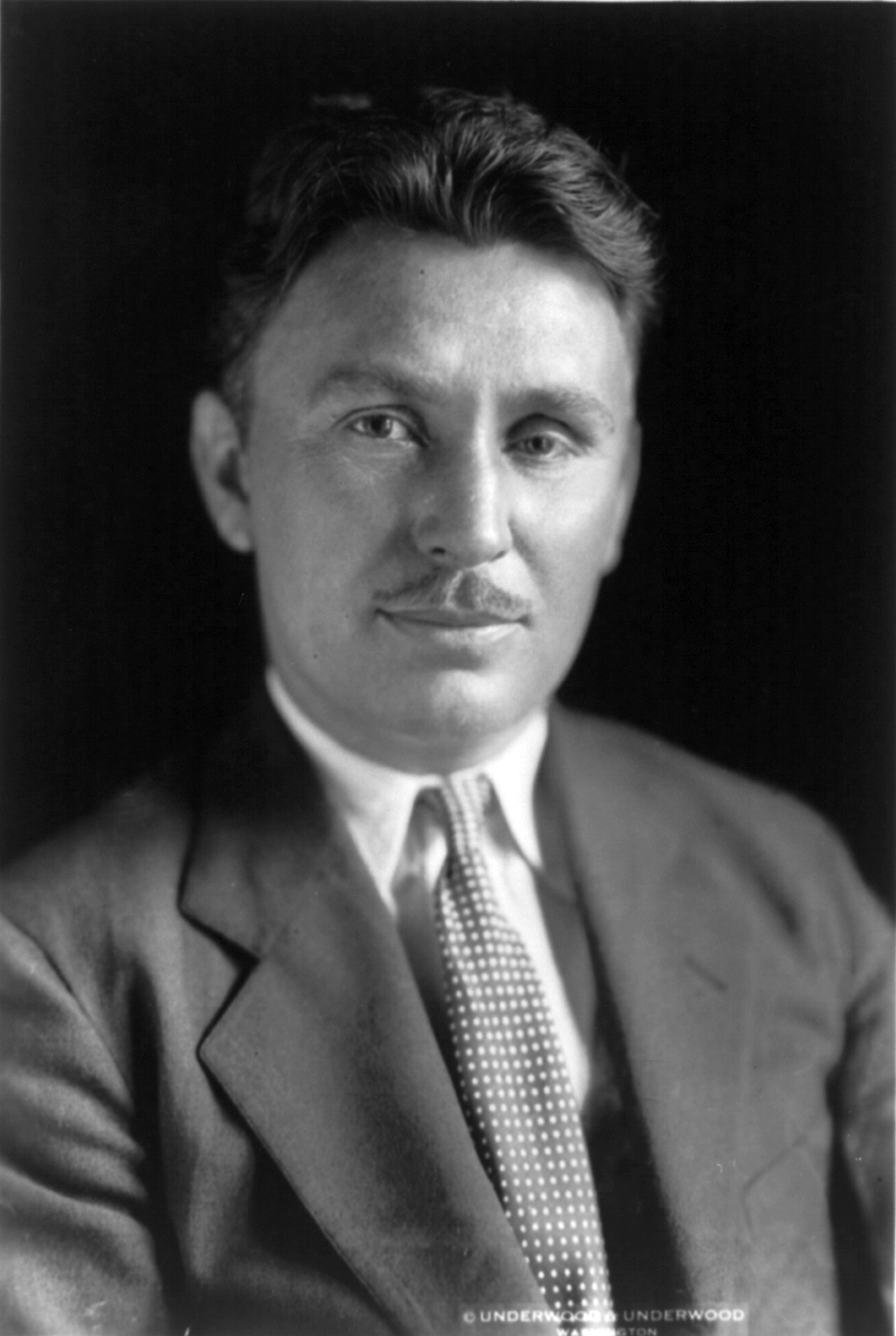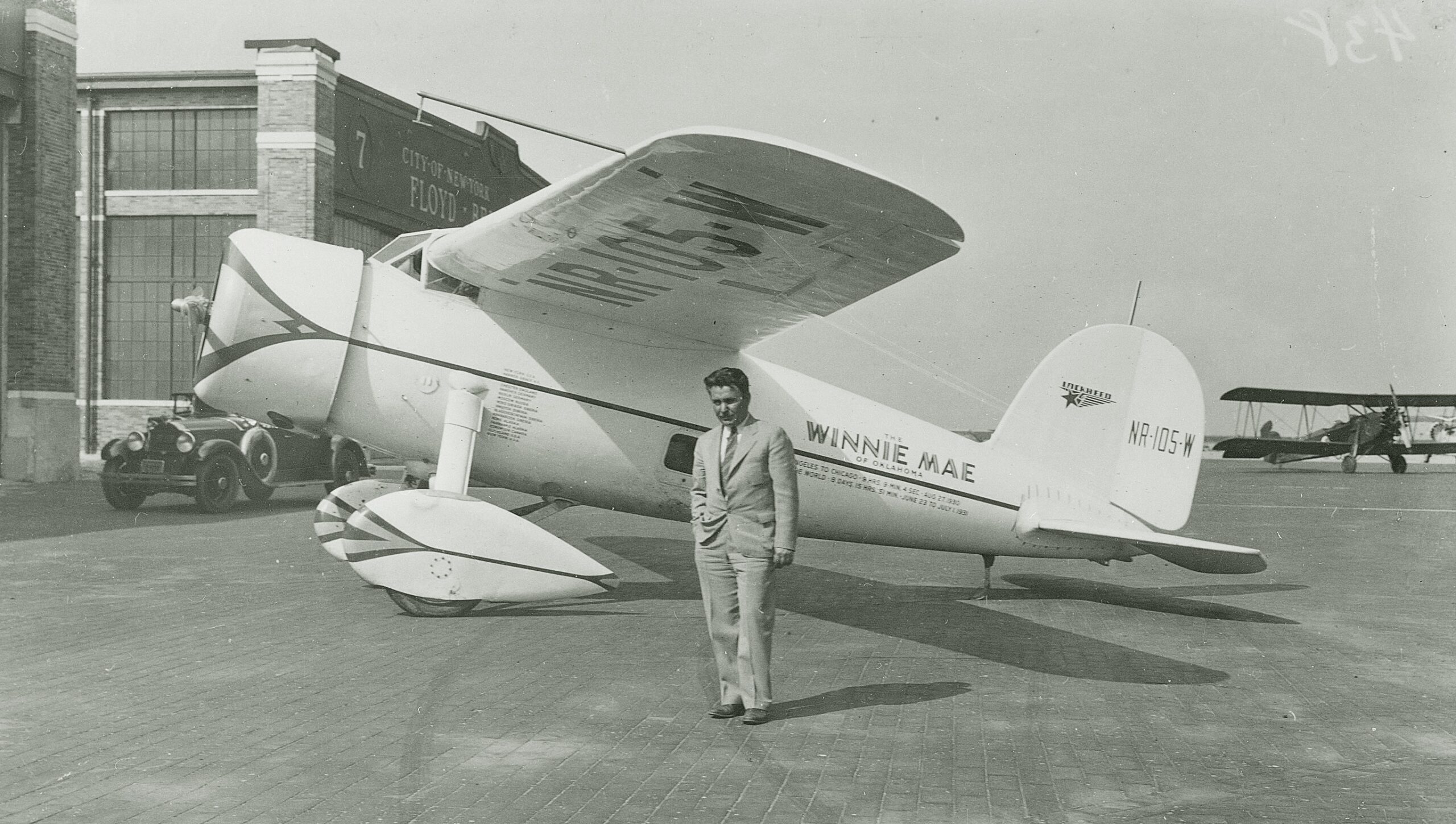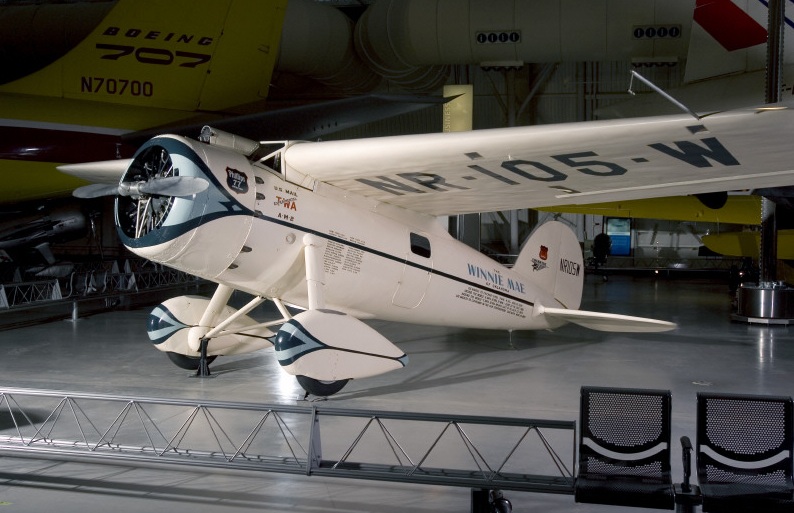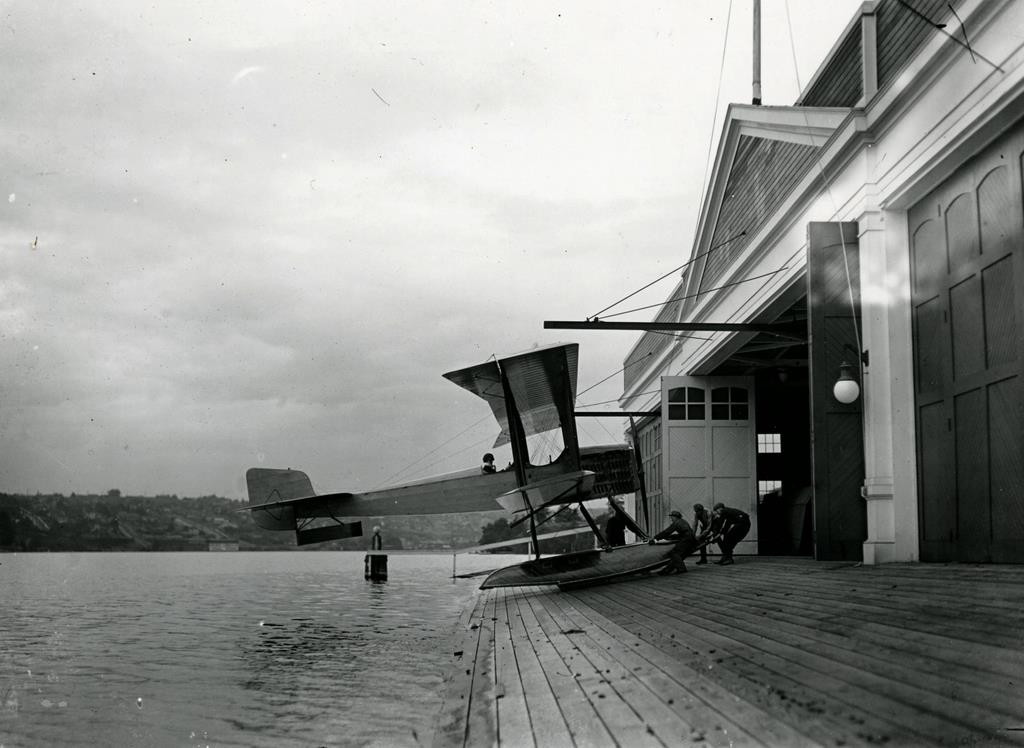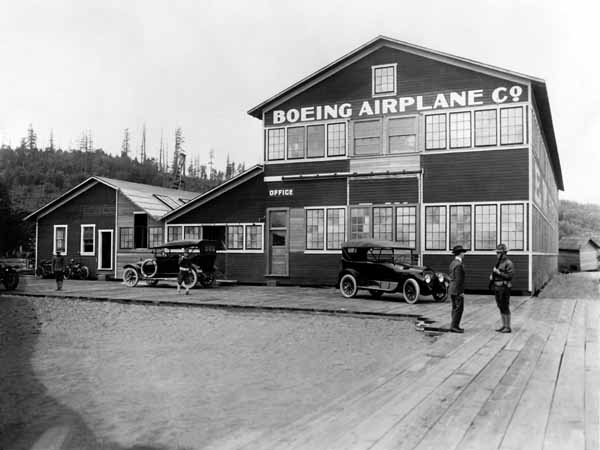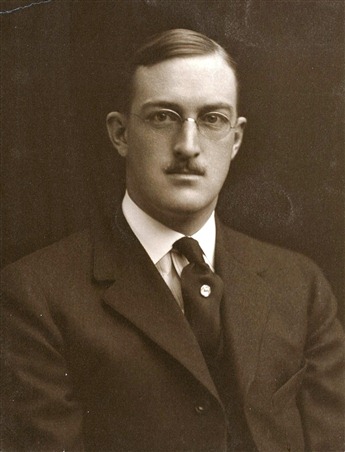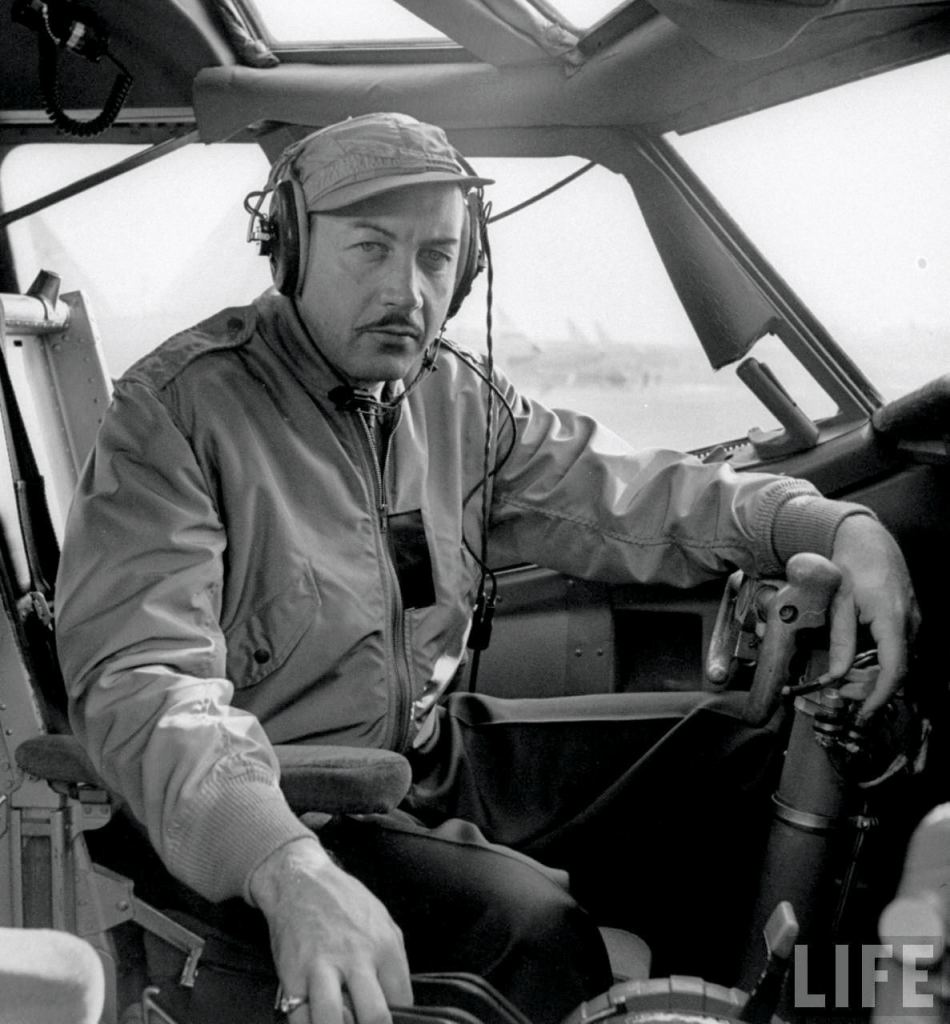
![]() 15 July 1954: At 2:14 p.m., Boeing test pilots Alvin M. “Tex” Johnston and Richard L. “Dix” Loesch lifted off from Renton Field, south of Seattle, Washington, on the first flight of the Boeing 367–80, FAA registration N70700, a prototype military air tanker and commercial airliner.
15 July 1954: At 2:14 p.m., Boeing test pilots Alvin M. “Tex” Johnston and Richard L. “Dix” Loesch lifted off from Renton Field, south of Seattle, Washington, on the first flight of the Boeing 367–80, FAA registration N70700, a prototype military air tanker and commercial airliner.
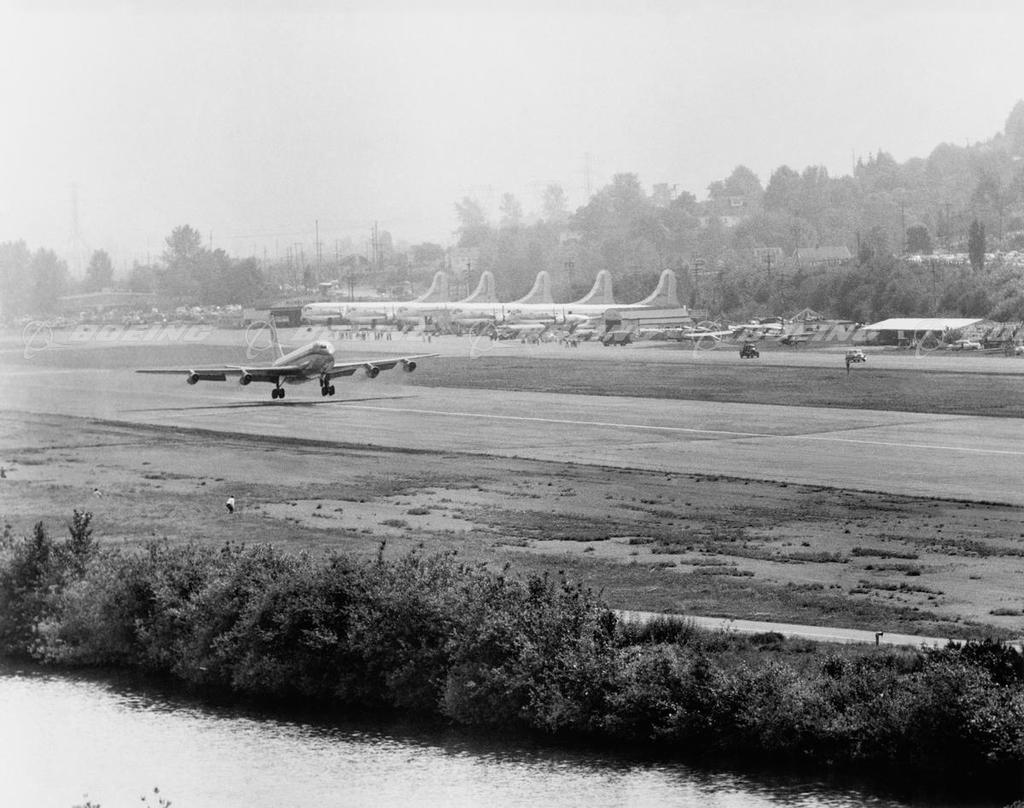
Tex Johnston wrote about the first flight of the “Dash Eighty” in his autobiography:
We completed our before-takeoff checklist, Dix worked the tower, and we were cleared for takeoff. I called the theodolite station: “Dash 80, Johnston, stand by, brake release on the count of three.” At full throttle, the four Pratt and Whitney engines at 100-percent power, tail-pipe temperatures and oil pressure on the money, I said, “One, two, three,” and released the brakes. The airplane leaped forward and accelerated rapidly. We obviously would be airborne by midfield. As airspeed passed the calculated V1 speed, I applied back elevator. The nose lifted off. Dix called 130 mph, and we were airborne.
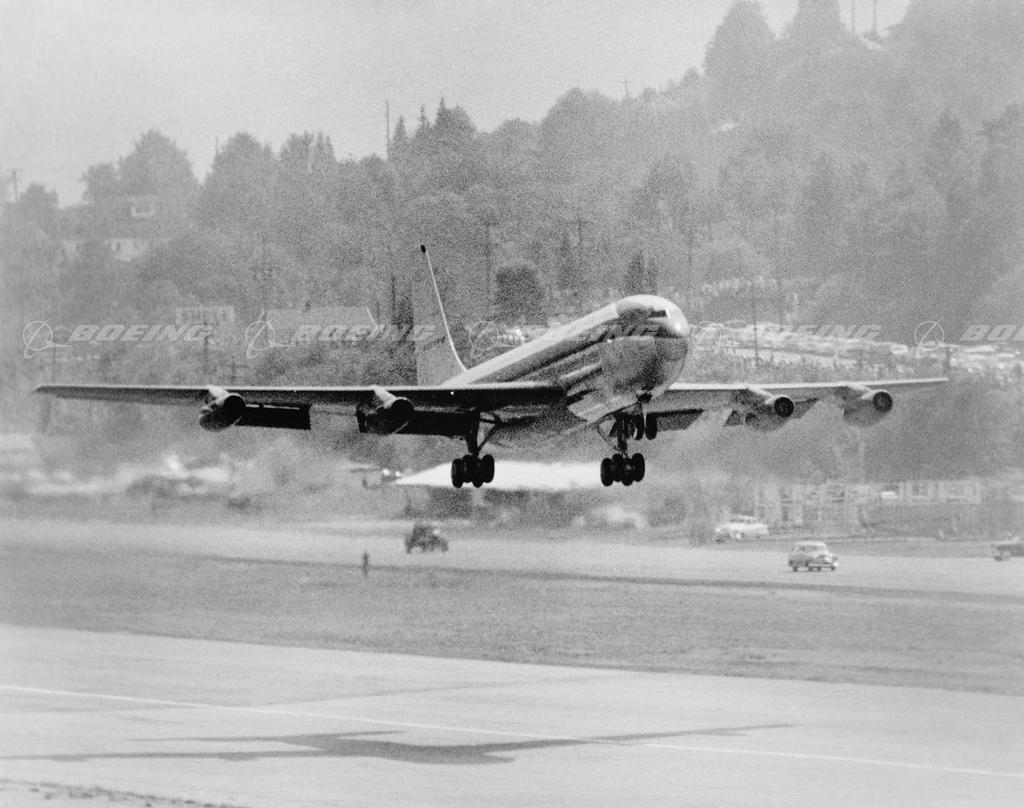
Eyeballing the airspeed, I continued to increase the climb angle to avoid exceeding the flap-down placard limit of 225 mph. We were at 1,200 feet as we climbed past end of the runway. Dix commented, “Is this thing going to climb straight up?” Over Lake Washington, I throttled back to climb power, sure that the spectators had never before witnessed takeoff performance and climb attitude like that. . . .
—Tex Johnston: Jet-Age Test Pilot, by A.M. “Tex” Johnston and Charles Barton. Smithsonian Books, Washington, D.C., Chapter 15, Pages 542–543.
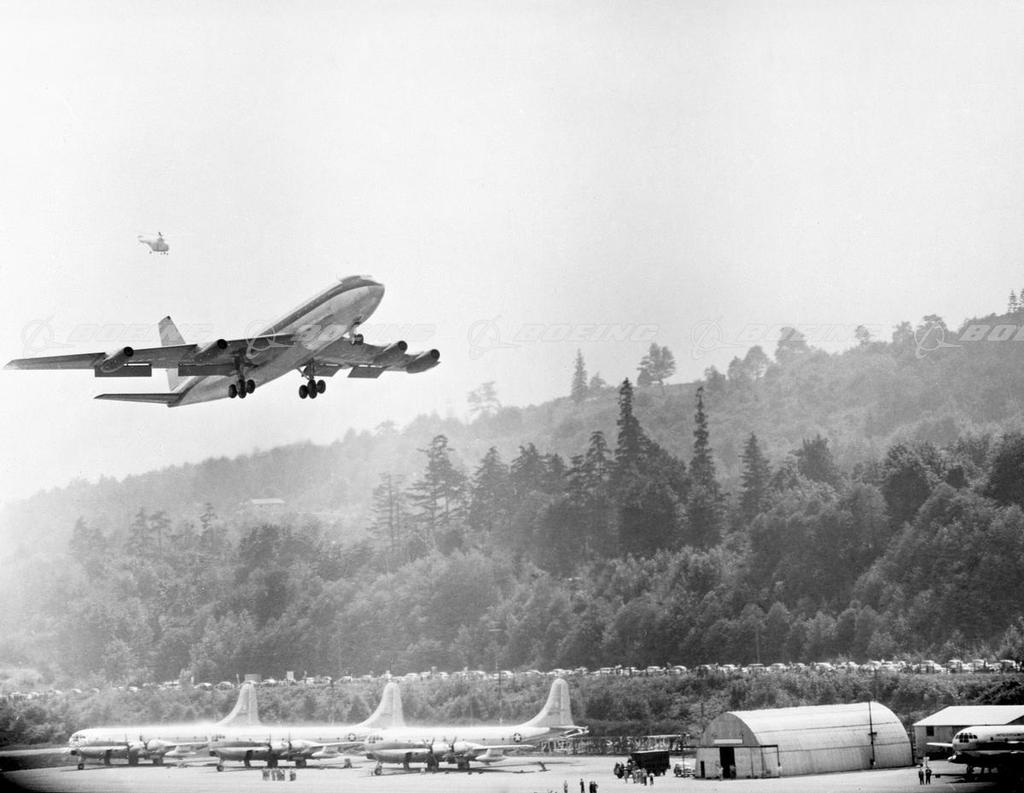
For the next 2 hours, 24 minutes they performed high- and low-speed handling tests before landing at Boeing Field, Seattle. When Johnston was asked how the “Dash 80” flew, he replied, “She flew like a bird, only faster.”
Boeing had risked $16,000,000 in a private venture to build the Dash 80 in order to demonstrate its capabilities to potential civilian and military customers, while rivals Douglas and Lockheed were marketing their own un-built jet airliners. Put into production as the U.S. Air Force KC-135 Stratotanker air refueling tanker and C-135 Stratolifter transport, a civil variant was also produced as the Boeing 707, the first successful jet airliner. Though they look very similar, the 707 is structurally different than the KC-135 and has a wider fuselage.
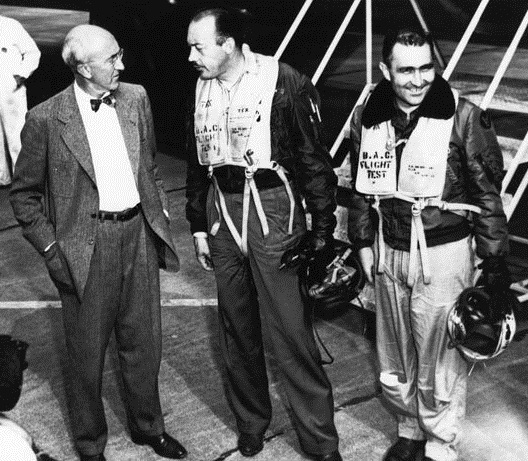
The Boeing 707-320B Stratoliner airframe was used for the military E-3A Sentry AWACS command-and-control aircraft, the E-6 Mercury airborne command post, and other versions for reconnaissance, weather, and communications.
820 of the C-135 series and 1,010 Model 707 aircraft were built from 1957–1979.
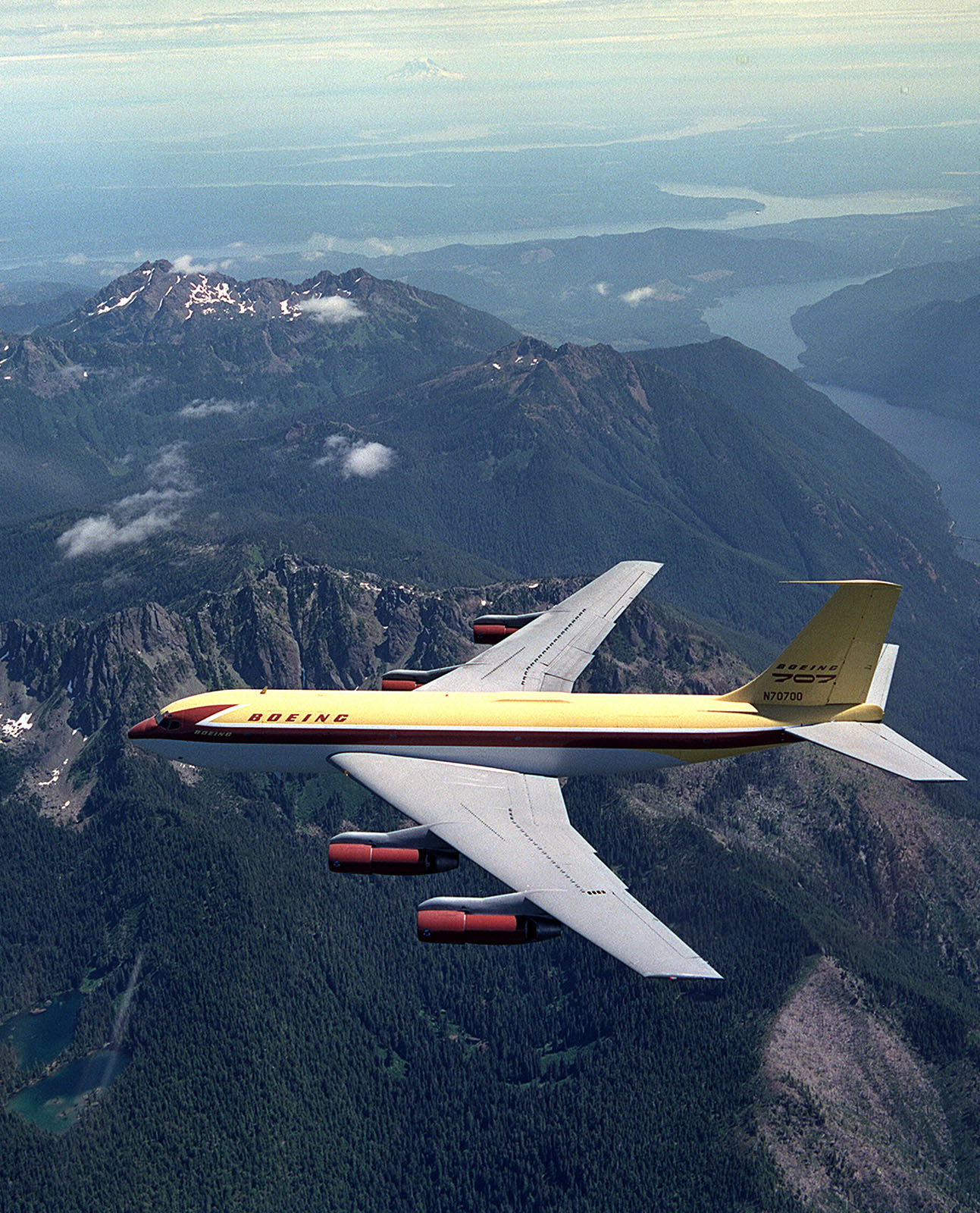
The prototype Boeing Model 367-80 was operated by a pilot, co-pilot and flight engineer. The airplane’s wing was mounted low on the fuselage and the engine nacelles were mounted on pylons under the wing, as they were on Boeing’s B-47 Stratojet and B-52 Stratofortress. The wings and tail surfaces were swept to 35°. The Dash 80 was 127 feet 10 inches (38.964 meters) long with a wingspan of 129 feet, 8 inches (39.522 meters) and overall height of 38 feet (11.582 meters). Its empty weight was 92,100 pounds (41,775.9 kilograms) and loaded weight was 190,000 pounds (86,182.6 kilograms).
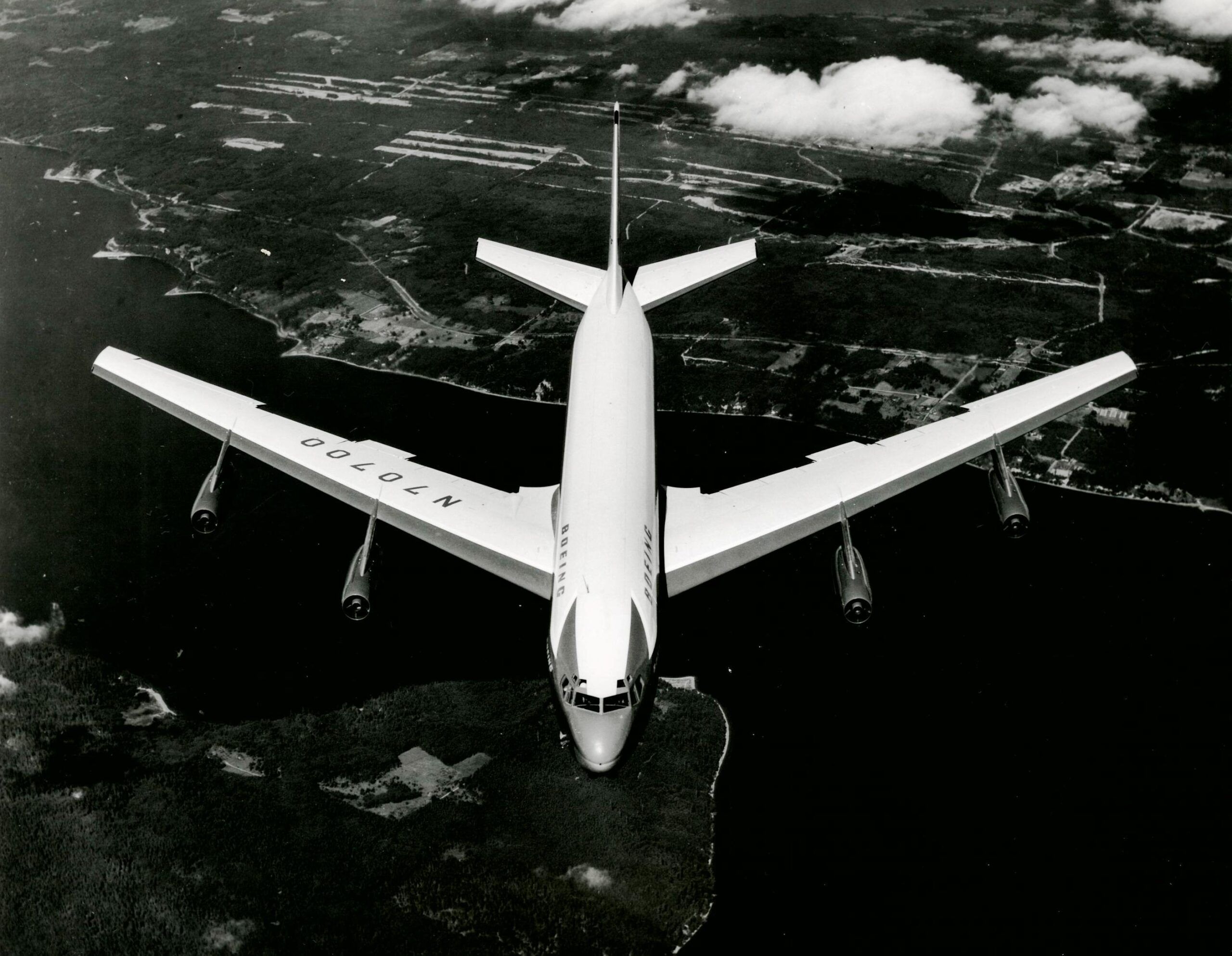
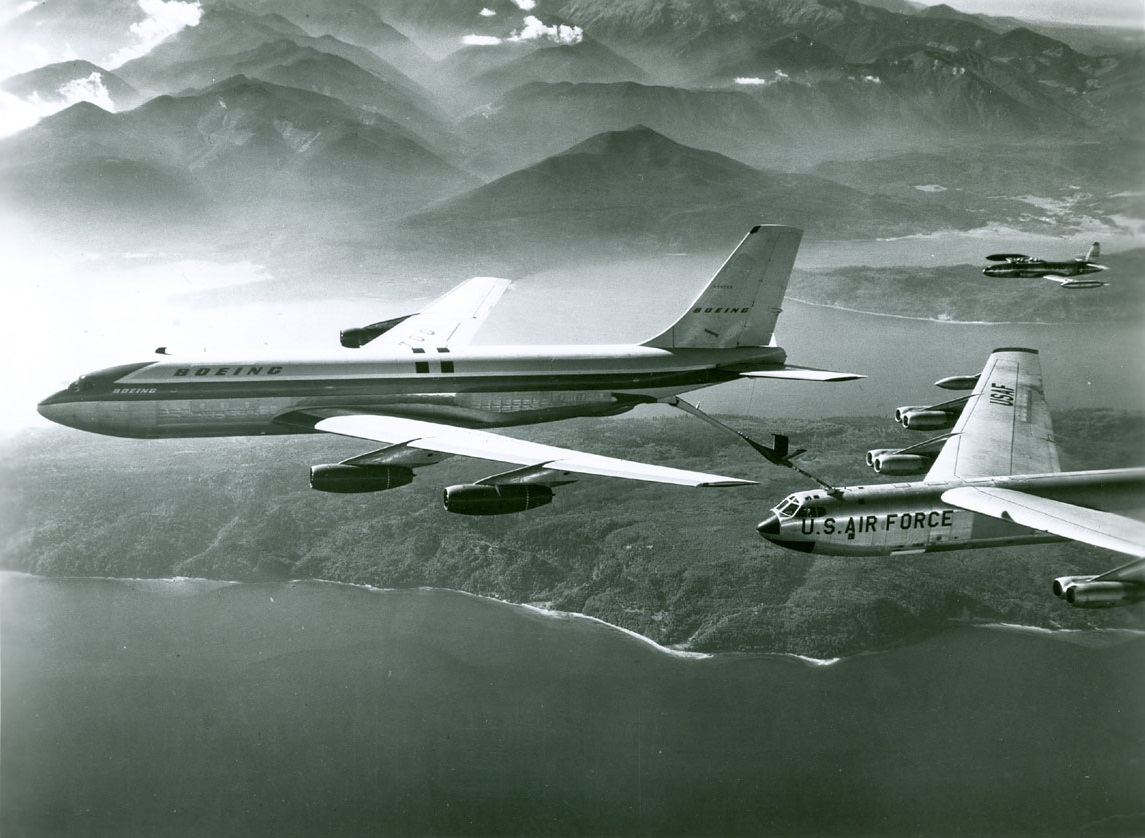
 N70700 was powered by four Pratt & Whitney Turbo Wasp JT3C engines. This engine is a civil variant of the military J57 series. It is a two-spool, axial-flow turbojet engine with a 16-stage compressor and 2-stage turbine. The JT3C-6 (used in the first production 707s) was rated at 11,200 pounds of thrust (49.82 kilonewtons), and 13,500 pounds (60.05 kilonewtons) with water/methanol injection). The JT3C is 11 feet, 6.6 inches (3.520 meters) long, 3 feet, 2.9 inches (0.988 meters) in diameter, and weighs 4,235 pounds (1,921 kilograms).
N70700 was powered by four Pratt & Whitney Turbo Wasp JT3C engines. This engine is a civil variant of the military J57 series. It is a two-spool, axial-flow turbojet engine with a 16-stage compressor and 2-stage turbine. The JT3C-6 (used in the first production 707s) was rated at 11,200 pounds of thrust (49.82 kilonewtons), and 13,500 pounds (60.05 kilonewtons) with water/methanol injection). The JT3C is 11 feet, 6.6 inches (3.520 meters) long, 3 feet, 2.9 inches (0.988 meters) in diameter, and weighs 4,235 pounds (1,921 kilograms).
These gave the 367-80 a cruise speed of 550 miles per hour (885 kilometers per hour) and a maximum speed of 0.84 Mach (582 miles per hour, 937 kilometers per hour) at 25,000 feet (7,620 meters). The service ceiling was 43,000 feet (13,106 meters). Its range was 3,530 miles (5,681 kilometers).
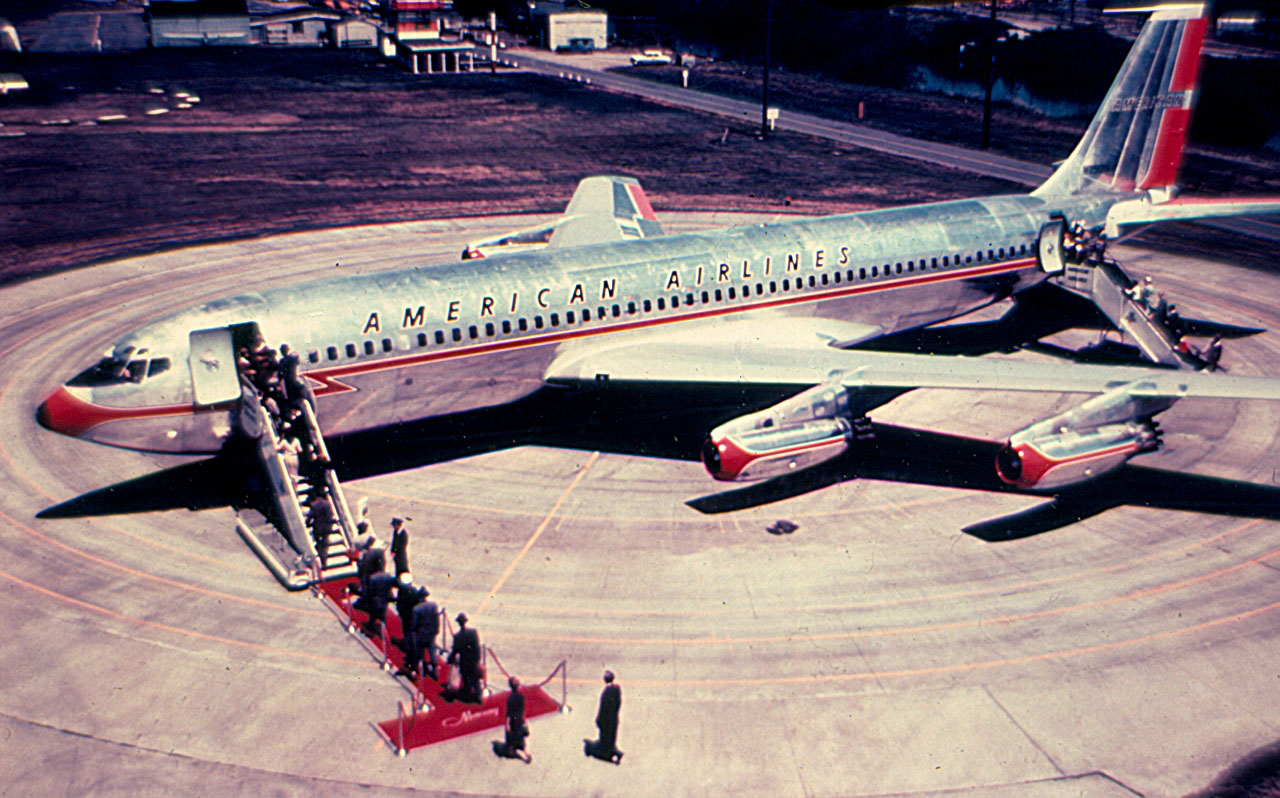
Boeing continued to use the 367–80 for testing, finally retiring it 22 January 1970. At that time, its logbook showed 2,346 hours, 46 minutes of flight time (TTAF). It was flown to Davis-Monthan Air Force Base, Tucson, Arizona, and placed in storage. In 1990, Boeing returned it to flyable condition and flew it back it to Renton where a total restoration was completed. Many of those who had worked on the Dash 80, including Tex Johnston, were aboard.
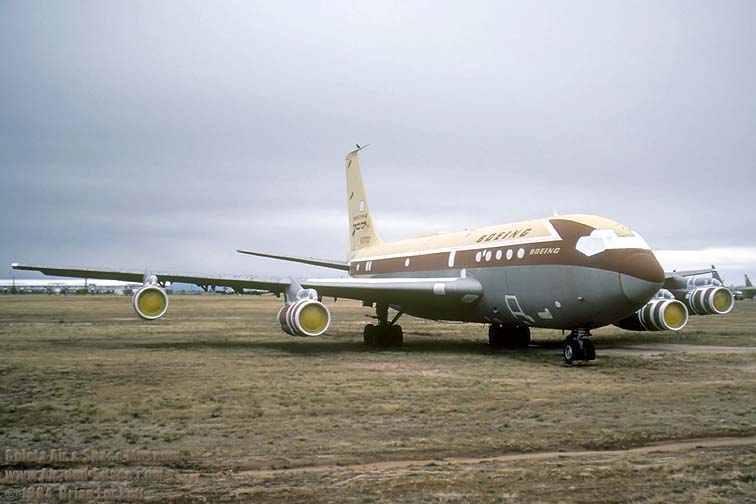
The pioneering airplane was presented to the Smithsonian Institution and is on display at the National Air and Space Museum, Steven V. Udvar-Hazy Center. The Boeing 367-80 was designated an International Historic Mechanical Engineering Landmark by the American Society of Mechanical Engineers.
820 of the C-135 series and 1,010 Model 707 aircraft were built from 1957–1979.
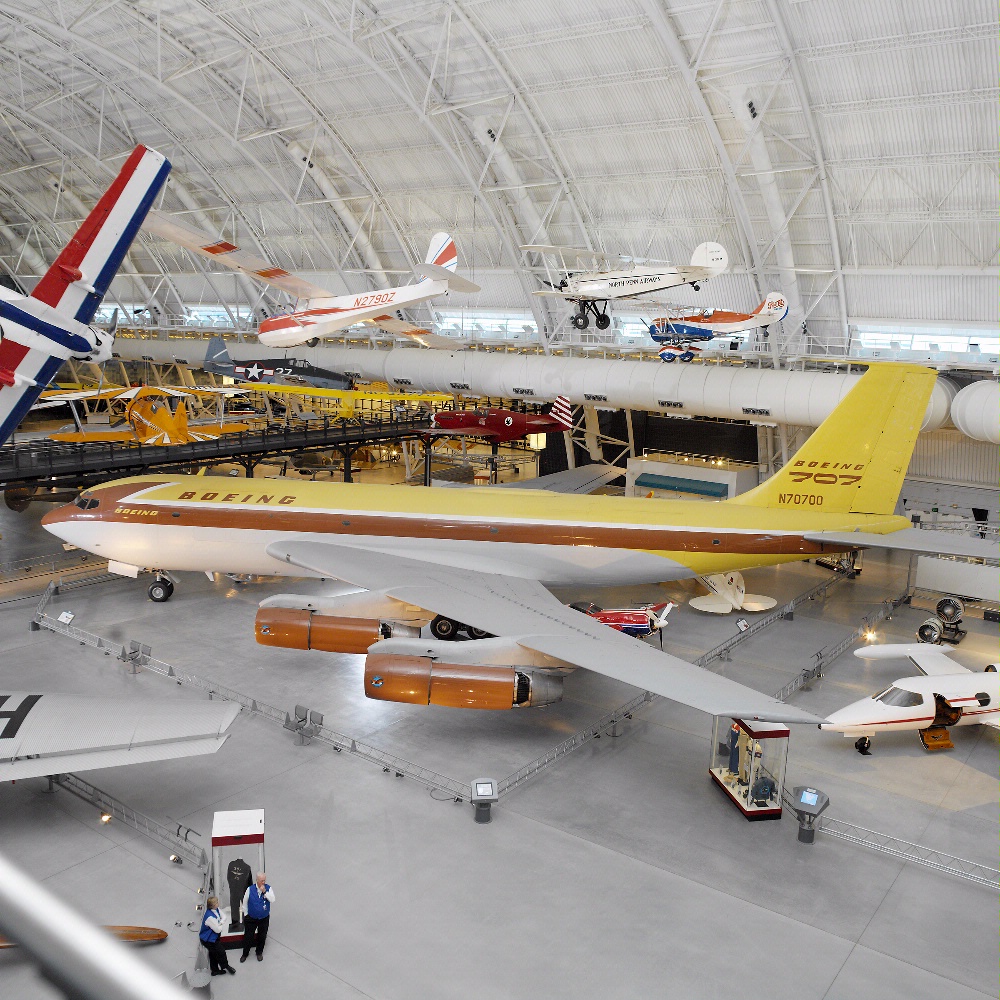
© 2020, Bryan R. Swopes
